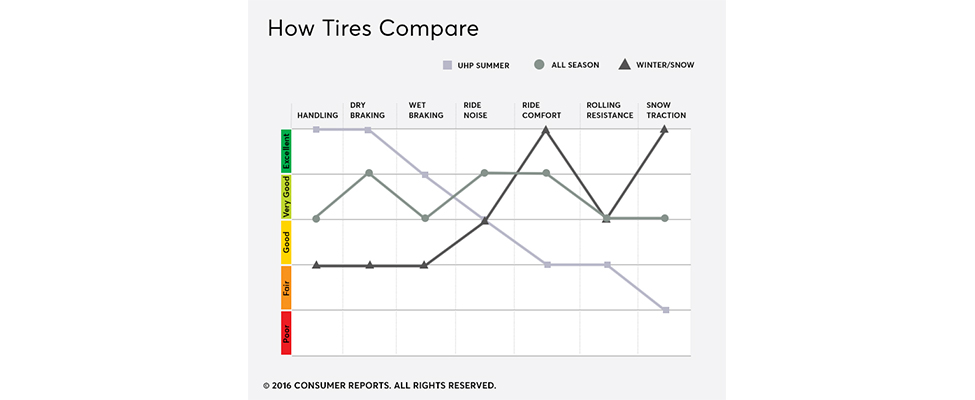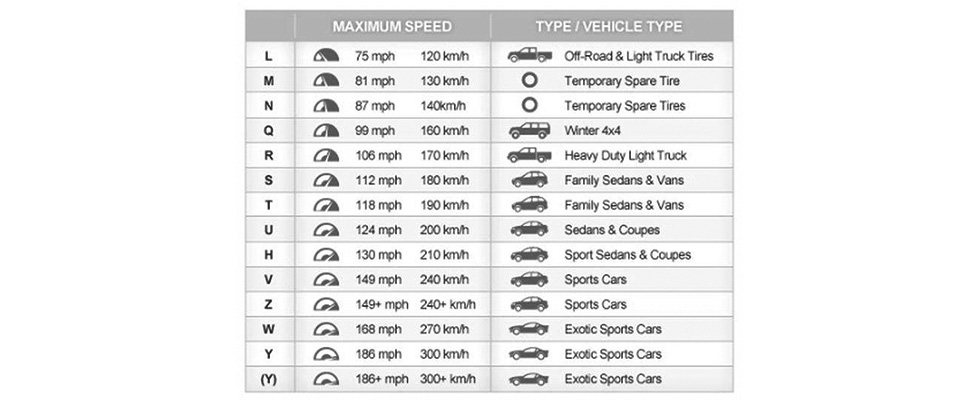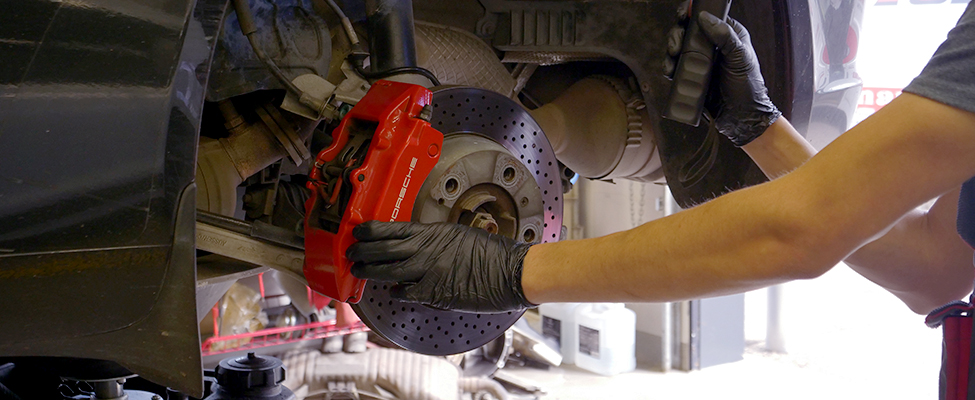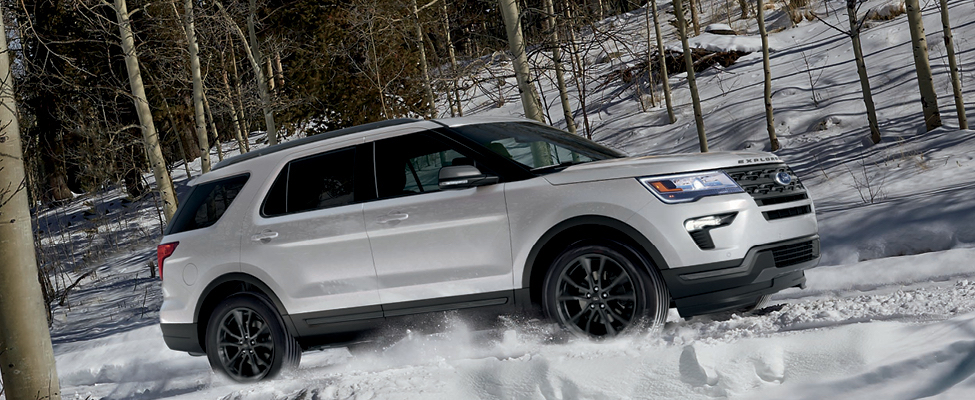When should you switch to summer tires?
Spring is a season with its own moods – repeatedly showing its nose and then just as easily disappearing. For Canadians, planning when to change from winter to summer tires can be quite tricky. That said, here are a few tips to help you get it right!
7 Degrees Celsius: The Break Point
When temperatures begin to hover around seven degrees Celsius, it’s a good time to consider making the switch. Summer tires begin to lose some of their grip as the temperature drops below this point, while winter tires begin to wear out and offer less response as the thermometer rises above seven degrees.
Beware of a Late Snowfall
It’s safe to say that a winter tire on dry asphalt is better than a summer tire in a snowstorm. As such, it’s good practice to wait for at least a full week of warm weather (and check long-term weather forecast) before committing to the switch.
Tire shopping tips
If you’re in the market for new tires, your goal should be to find the highest quality tire that matches your vehicle, your specific needs, and your budget. There are tires specifically designed to last longer, offer better traction, produce a smoother ride or improve your vehicles gas mileage.
To start, consider your climate. All-season tires deliver a good, well-rounded performance but are never outstanding in any way. Summer tires deliver on handling and dry/wet braking, but they are obviously not designed for winter performance. By contrast, winter tires have outstanding snow traction but their braking ability suffers on cleared roads.

Next, check your owner’s manual to find the size of tire recommended for your vehicle or ask a service professional at your dealership. When you’ve found a type of tire that fits your vehicle you now need to ensure it meets your needs.
There is a rating system that tells us the maximum speed at which a tire can run for two hours without failure. The tire performance rating is the last letter of the tire size on the sidewall of your tires. The most common speed ratings are T (189.9 kilometers per hour) and H (209.2 kilometers per hour). If a consumer were to drive only in urban situations at low speeds, a tire with an S (180.2 kilometers per hour) speed rating might be completely acceptable.

Prevention saves you ‘down the road’!
Winter is hard on a vehicle: cold starts, snowbanks, and even potholes can take their toll after a few months. As such, it’s a great idea to take the opportunity for a wheel alignment as well as a multi-point inspection for your vehicle. In the long run, it can save from unnecessary tire wear or unexpected breakdowns.
Wheels have come a long way since that first solid doughnut of wood. Wheels are now more versatile, capable and powerful than ever but they also require a watchful eye. If you take care of your tires, your tires will take care of you. The expertly trained service staff at our various Wyant Group dealerships stand ready to provide your vehicle with the best care and attention, and we look forward to getting your ride ready for “road trip” season!








